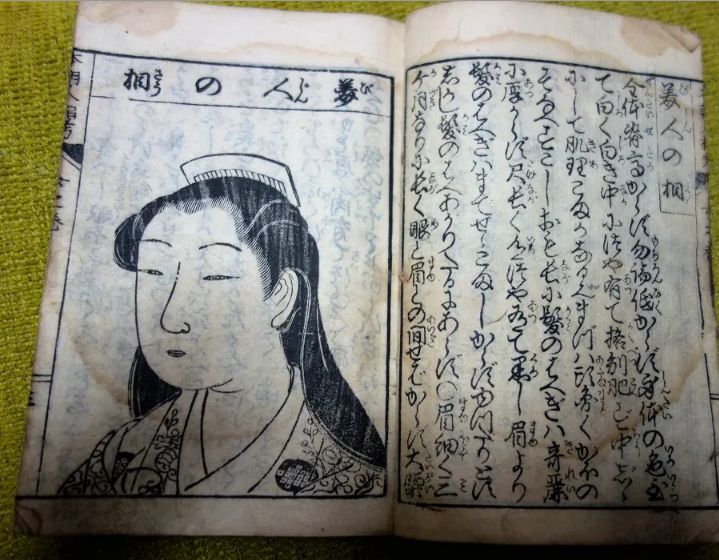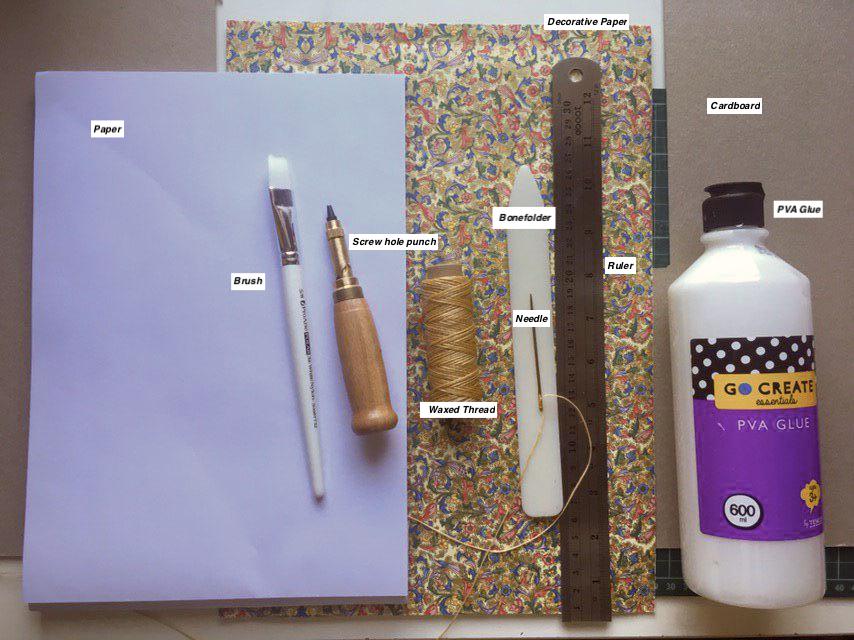By Tom Booth
History and Background
Jiangsu is a province on China’s east coast, just south of the Shandong peninsula and touching the northern part of Shanghai. Despite being one of China’s smallest provinces, it is one of its most densely populated, and has historically been one of its most prosperous. This is in part to the Grand Canal which, since the Sui and Tang dynasties, has transformed the cities of Nanjing, Suzhou and Wuxi into major social, political and economic centres.
It is from this history of prosperity that Jiangsu has become renowned as a place rich in cultural traditions. This short blog entry will look at Jiangsu’s three greatest cultural exports: Suzhou embroidery, Yangzhou lacquerware and Yixing ceramics.
Suzhou Embroidery
Su embroidery, or suxiu 苏绣, is the term used to describe the silk embroidery produced in and around the city of Suzhou, located in the south of Jiangsu. Silk embroidery has been produced in Suzhou for over two thousand years, and is one of China’s greatest cultural heritages. Traditional subjects of Su embroidery include birds, flowers, mountains and rivers. They also often depict famous poems or stories. Although it is most commonly used to decorate clothes, it can also be used for shoes, home furnishings and even glasses cases!
There are strict rules about the production of Su embroidery. Needles and threads must be at a specific thickness in order for the embroidery to be considered authentic. Su embroidery is a broad and complex style of embroidery, but can be broadly divided into two groups: ‘even embroidery’ ping xiu 平绣, which stresses uniformity by avoiding crossing thread, and ‘random embroidery’ luan zhen xiu 乱针绣, which involves layering and crossing threads of different colours and thicknesses. Both techniques are known for using fine silk, balanced compositions and dense stitching with both thick and thin threads.
These techniques require generations to master and the skills are passed from mother to daughter. An embroiderer has to remain seated for a long period while remaining focused throughout. A single piece can take months or even years to finish. First, the embroiderer secures a firm piece of silk over a wooden stretcher. The design is then sketched onto the fabric by drawing simple outlines. These are then filled in: the more intricate areas use thinner thread.
Yangzhou Lacquerware
Lacquerware is one of the intangible cultural heritages of the city of Yangzhou, located next to the capital city of Nanjing in central Jiangsu. Lacquerware was first produced in Yangzhou around three thousand years ago, but it was really during the Ming and Qing periods that it flourished as a national and international cultural heritage. Lacquerware has a variety of uses, but is generally utilised for hanging screens, cabinets, tables and chairs, bottles and plates, bowls and boxes.
Within Yangzhou lacquer production, one of the most famous techniques is called duobao lacquerware. Duobao lacquerware was developed by the famous artisan Zhou He in the Ming dynasty. It uses precious metals such as agate, jade and silver to inlay the lacquerware, creating an opulent and magnificent finished product.
The process of making lacquerware is expensive and time consuming. The piece must first be designed. Then it has to be painstakingly carved and polished before being inlaid with rare metals and jewels. A master craftsperson will spend upwards of twelve months to produce just one piece.
Yixing Ceramics
Ceramics have been produced in the city of Yixing, located near the Great Lake of Taihu, since the Neolithic period. The area is surrounded by rich clay deposits, helping it gain the title of China’s ‘pottery capital.’ Yixing produces all types of pottery: dragon jars, vessels, roof tiles, but most importantly teapots. High quality teapots have been made in Yixing since the 16th century, and there have been a steady stream of brilliant artists in Yixing ever since.
One distinguishing feature of Yixing pottery is that it is all hand-made rather than thrown on a wheel. The most important clay in the production of Yixing ceramics is ‘purple sand’ or zisha 紫砂. By mixing the clays and adding particular minerals, Yixing artists have learned to create ceramics with a wide variety of colours and earthy tones.
Clay is first pounded with a heavy mallet. The bodies of the teapots are made either by press-moulding, paddling or slabbing. This is done with specialised tools made from bamboo that have been refined and remade throughout the centuries.
There are three main styles of Yixing teapot: the first style is geometric, while the other three are more naturalistic in form.
Conclusion
There is much more to say about each of these cultural crafts, but hopefully this short blog post has provided some food for thought, and has helped highlight the cultural importance of the province of Jiangsu.
About Interact China
“A Social Enterprise in E-commerce Promoting Oriental Aesthetic Worldwide!”
Aileen & Norman co-founded Interact China in 2004 with specialization in fine Oriental Aesthetic products handmade by ethnic minorities & Han Chinese. Having direct partnerships with artisans, designers, craft masters and tailors, along with 13 years of solid experience in e-commerce via InteractChina.com, we are well positioned to bridge talented artisans in the East with the rest of the world, and directly bring you finely selected products that are of good quality and aesthetic taste.
So far we carry 3000+ goods covering Ladies Fashion via ChineseFashionStyle.com, Kungfu Fashion, Home Furnishings, Babies & Kids, Painting Arts, Textile Arts, Carving Arts, Tribal Jewelry Art, Wall Masks and Musical Instruments. Our team speak English, French, German, Spanish and Italian, and serve customers worldwide with passion and hearts.
P.S. We Need People with Similar Passion to Join Our Blogging Team!
If you have passion to write about Oriental Aesthetic in Fashion, Home Decor, Art & Crafts, Culture, Music, Books, and Charity, please contact us at bloggers@interactchina.com, we would love to hear from you!























































































